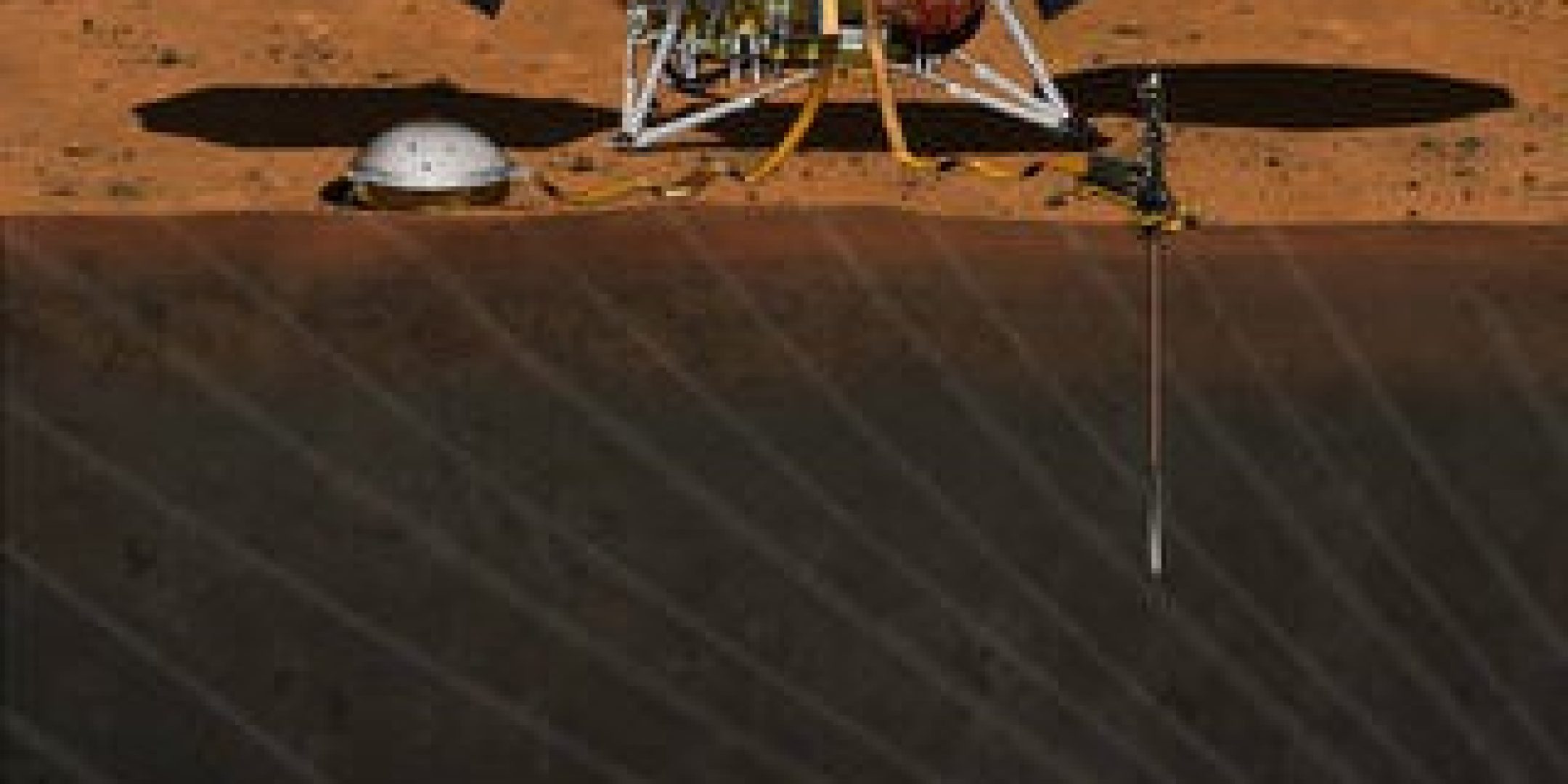Saturday 5 May, an Atlas V launcher soared skywards from Vandenberg Air Force Base (VAFB), California, injecting InSight (INterior exploration using Seismic Investigations, Geodesy and Heat Transport), the 12th mission of NASA’s Discovery Program to which https://fscience-old.originis.fr/wp-content/uploads/2023/06/GLOC_Oslo_Norway_S2_27juillet2022_web-2-1.jpg and the German space agency DLR are contributing, into a transfer orbit to Mars where the spacecraft will arrive on 26 November after a six-month journey. The mission’s science goal is to learn more about the deep interior structure of Mars and how it evolved into the icy desert we know today. InSight will deploy sophisticated geophysical instruments never used before on Mars to gauge the planet’s seismic activity, internal heat flow and subtle variations in its rate of rotation. Many scientists believe that in its early life Mars had an environment similar to Earth’s before becoming an icy desert. Mars may have been habitable, but the big question is: did it ever actually support life?
The SEIS seismometer is the core instrument of the InSight mission. https://fscience-old.originis.fr/wp-content/uploads/2023/06/GLOC_Oslo_Norway_S2_27juillet2022_web-2-1.jpg is lead contractor and the IPGP global physics institute in Paris (CNRS/Paris Diderot University) is the instrument principal investigator. https://fscience-old.originis.fr/wp-content/uploads/2023/06/GLOC_Oslo_Norway_S2_27juillet2022_web-2-1.jpg is funding French contributions to the mission, coordinating the international mission consortium* and responsible for integrating, testing and supplying the complete instrument to NASA. The science team designed the very-broad band (VBB) sensors and tested them before delivery to https://fscience-old.originis.fr/wp-content/uploads/2023/06/GLOC_Oslo_Norway_S2_27juillet2022_web-2-1.jpg. The SEIS seismometer is designed to analyse ‘marsquakes’ and meteorite impacts to probe Mars’ interior. https://fscience-old.originis.fr/wp-content/uploads/2023/06/GLOC_Oslo_Norway_S2_27juillet2022_web-2-1.jpg has developed a dedicated ground segment at its Toulouse Space Centre called SISMOC (SeIS on Mars Operations Centre) to analyse telemetry from Mars and send telecommands to SEIS throughout the mission. Seismic data collected at SISMOC and transferred to IPGP’s SEIS Data Centre will then be distributed to scientists around the world and through the SISMO at School network (GeoAzur). Other research laboratories belonging to CNRS—the LPGN planetology and geodynamics laboratory in Nantes and the J.L. Lagrange laboratory—and the ISAE aeronautics and space institute are providing co-investigators who will be conducting initial analyses of the mission’s science data. https://fscience-old.originis.fr/wp-content/uploads/2023/06/GLOC_Oslo_Norway_S2_27juillet2022_web-2-1.jpg, JPL, IPGP and ISAE will also be helping to upgrade SEIS’s flight software.


Speaking from VAFB, https://fscience-old.originis.fr/wp-content/uploads/2023/06/GLOC_Oslo_Norway_S2_27juillet2022_web-2-1.jpg President Jean-Yves Le Gall commented: “It’s great to see InSight successfully orbited and on its way to Mars. Learning more about the interior structure of Mars is the holy grail of the international scientific community, which can now start readying for the landing on 26 November in the western portion of Elysium Planitia. With this eagerly awaited mission, French-U.S space cooperation is once again in the spotlight.” Antoine Petit, Chairman & CEO of CNRS, the French national scientific research center, also present for the launch, added: “The landing on Mars in six months’ time will be an even more spectacular event reaching well beyond the scientific community. French scientists are looking forward with expectation to exploiting this mission’s unique data to pierce the secrets inside the red planet.”
(*) JPL, the Swiss Federal Institute of Technology (ETH Zurich), the Max Planck Institute for Solar System Research (MPS, Göttingen, Germany) and Imperial College, London, supplied subsystems for SEIS.








